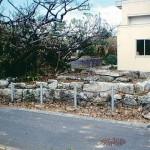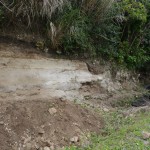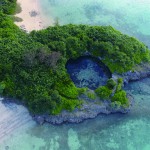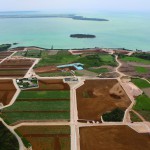Introduction to Cultural Properties
【Designated by the City:Structure】The Main Gates and Stone Walls of Hirara Daiichi Elementary School
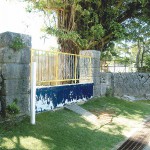
It is believed that the stone walls of the Hirara Daiichi Elementary School were constructed around 1932, making it 73 years since the completion. Upo[…] read more – >
【Designated by the City:Structure】Nishitsuga-Baka Tomb
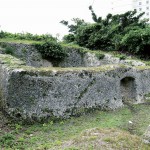
The Masumo-uji clan tombs are aligned, east and west, and are commonly referred to as Tsuga-Baka tombs. Tsuga means “masu,” the square container used […] read more – >
【Designated by the City:Tangible Folk】Mimaga of Nanamata
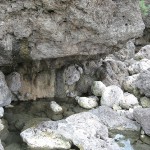
The spring is located at the bottom of the cliff about 600m southeast of the Nanamata settlement. The Nanamata district was not blessed with sources o[…] read more – >
【Designated by the City:Tangible Folk】Yamaga Upuka

This spring is located about 500m north of the Yamagawa settlement. We can see from the records in the history book, Yoseikyuki (1727) that the spring[…] read more – >
【Designated by the City:Intangible Folk 】Myakuzutsu of Ikema Island
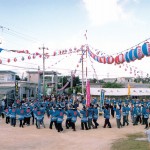
Over three days starting on the day of the horse or Kinoeuma every year from August to September in the lunar calendar, the largest festival on Ikema […] read more – >
【Prefecturally Designated:Natural Monument (Flora)】Plant Community at Kuninaka Utaki Sacred Site
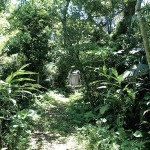
The site is located 200m east of the Kuninaka settlement, east of the Irabu Junior High School. The approach from the Torii gates at the main entrance[…] read more – >
【Designated by the City:Tangible Folk】Nugana-ga
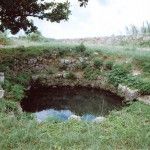
The Nugana-ga is a spring that is located approximately 500 west of the Higa settlement, in an area known as Nokanasaji. The spring is semielliptic in[…] read more – >
【Prefecturally Designated:Natural Monument (Flora)】Plant Communities of the Wind-Beaten Coast at the Protruding Coral Shelf at Cape Higashihenna
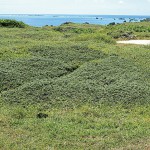
Cape Higashihenna at the east coast of Miyako Island protrudes out to the Pacific Ocean, and is of significant importance academically, for the partic[…] read more – >
【Designated by the City:Structure】Zuifuku Tunnel

Before the war, the areas of Suta-no Suma, Ikebaruzuku, Fukuchibaru, and Kajido were marsh grounds where a large pool of water appeared after every he[…] read more – >
 宮古島アプリの綾道(あやんつ)トップページ
宮古島アプリの綾道(あやんつ)トップページ 宮古島アプリの綾道(あやんつ)の内容
宮古島アプリの綾道(あやんつ)の内容 宮古島の3つのルート
宮古島の3つのルート 宮古島市長のあいさつ
宮古島市長のあいさつ 宮古島文化遺産紹介
宮古島文化遺産紹介